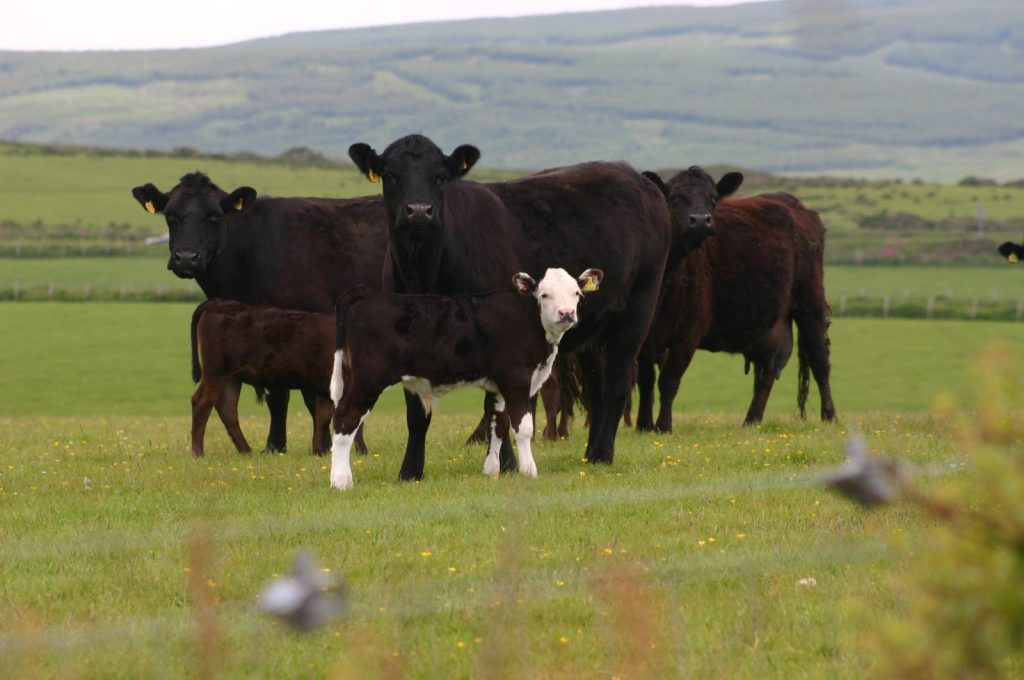Farmers and crofters taking part in the Beef Efficiency Scheme (BES) have been left frustrated by recent errors in the administration of the scheme.
Many Scottish beef producers taking part in the scheme were sent warning letters relating to BES. These letters, most received early this week, told farmers that they were in breach of the scheme requirements to enter the weights of their cattle into the relevant section of ScotEID database. Some of those letters were genuine but others were incorrect and Scottish Government is now writing to those affected to clarify the situation.
BES requires beef farmers and crofters to undertake several on-farm activities such as tissue sampling, weight recording and collecting calving data. Late last year, some scheme members also reported that they were being asked to collect tissue samples over and above those actually required by the scheme rules.
Commenting on the recent problems, NFU Scotland President Andrew McCornick said “The Beef Efficiency Scheme has always been one backed by the sound principles of improving the productivity of the Scottish beef herd, while providing support to hard-working farmers and crofters.
“However, the recent errors involving the recording of weights and tissue sampling will have further soured the experience of participating in the scheme. While several farmers received warning letters in error, we understand that some will also have received genuine ones. The Scottish Government is now writing to scheme participants to clarify the situation.
“Moving forward, we hope that the scheme administration can be improved and that the Scottish Government will dedicate the necessary resource to provide a high level of support to beef producers taking part in BES.
“Longer term, we are working hard to develop a future support policy for Scottish agriculture that includes the ambition to build a truly functional support system that delivers for the Scottish beef sector, while building on the BES work already undertaken by farmers through tissue sampling and data recording.”






